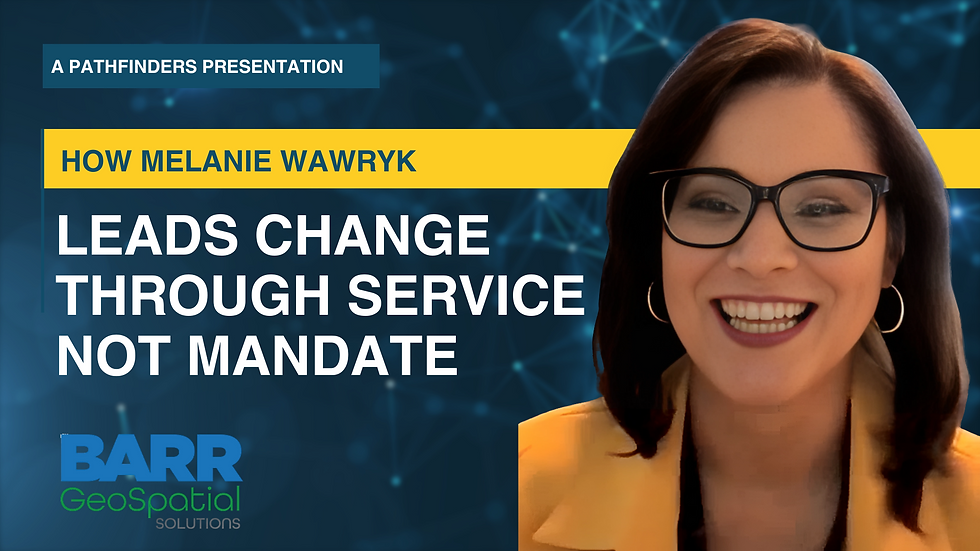Duncan Rowe & Peter Veenstra: A Story of Friendship, Curiosity, and the Future
- Jeff Lamb

- Sep 27, 2024
- 2 min read
Updated: Aug 29
Most careers don’t come with lifelong friendships. But for Duncan Rowe and Peter Vinstra, a shared love of maps, data, and problem-solving sparked not only fulfilling work—but a decades-long bond that continues to shape the geospatial industry.
“I remember doing V and Leroy maps when someone came up to me and said, ‘Have you heard of this GIS thing?’” Pete recalls. That single question would lead him and Duncan from a cramped, un-air-conditioned college wing to lifelong careers at the forefront of GIS—Geographic Information Systems.
Back in the early ‘90s, GIS was the Wild West of data. There were no digital workflows, no widespread geocoding. But what there was, Pete says, was magic: “Every time you see a map, it stops you in your tracks. You can’t help but lean in.”
For Duncan, the decision to pursue GIS was personal: “It was probably the best decision in my life because it’s afforded a lifestyle, a family—everything that matters.”
The two met at Fleming College and never stopped learning from each other. “He’s like a big brother,” Pete says of Duncan. “He taught me what it means to be a professional.”
Duncan remembers Pete’s insatiable curiosity—“You could talk to him about Damascus swords or digitizing polygons”—and his creative drive. That balance between analytical rigor and creative energy became the bedrock of their enduring friendship.
Over the years, Pete and Duncan evolved with the industry, adapting as GIS moved from paper maps to powerful digital platforms. Today, they lead teams, mentor young professionals, and shape strategy—but they never lost sight of their shared mission: to use data for good.
“GIS isn’t dead,” Duncan says, addressing a growing debate within the field. “It’s just evolving—melding into the broader data profession. But the spatial piece? That’s still the secret sauce.” Pete agrees.
“Spatial thinking brings a whole new layer of insight. But we have to stop hoarding it. We have to let it go, let others use it.”
The real takeaway from their story isn’t just about maps or data. It’s about people. “The work has humbled me,” Pete says. “I’ve learned it’s okay to not know everything. It’s okay to ask for help.” Duncan adds, “If I can help someone—whether it’s a colleague, a Fleming grad, or a young professional—I will. That’s what community is for.”
Their message to others in the field is simple but powerful: Be curious. Find your people.
And build something meaningful—together.







Comments